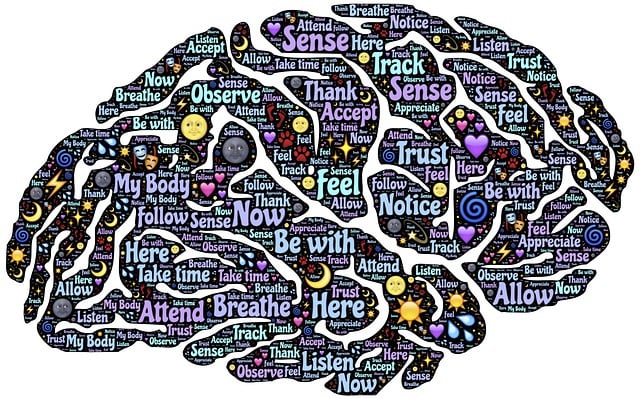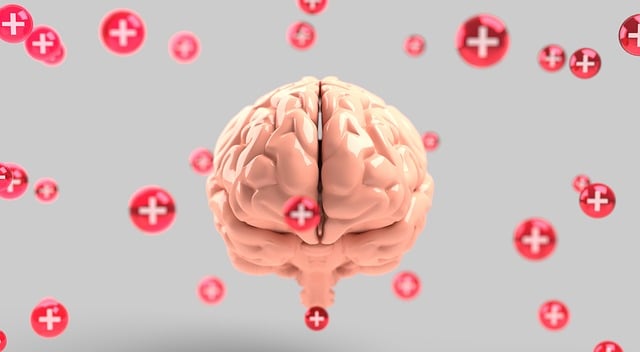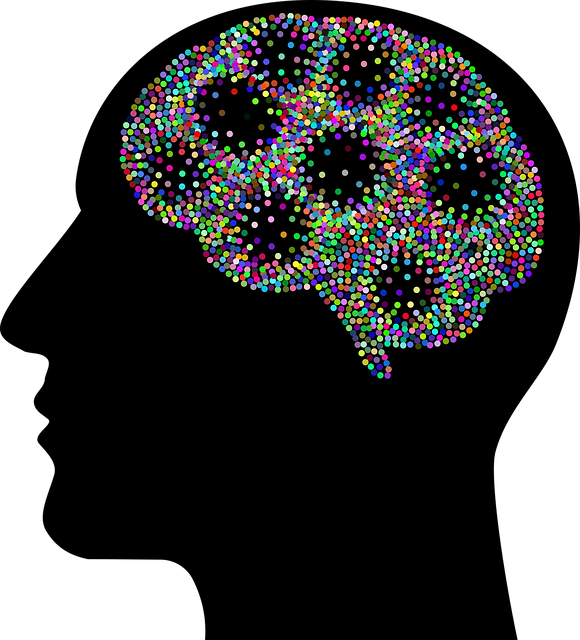Golden Young Adults Therapy prioritizes comprehensive risk assessment as a cornerstone of its therapeutic practices for mental health support. By identifying and mitigating risks, therapists create safe spaces fostering trust and open communication. This approach is crucial in managing challenges like anxiety triggers, tailoring emotional well-being promotion techniques, and developing effective public awareness campaigns. They address unique stressors faced by young adults, including life transitions, academic pressures, and career uncertainties, through culturally sensitive interventions. Their harm minimization plan involves tailored interventions, community outreach, and evidence-based practices like CBT for stress and anxiety. Regular updates and monitoring ensure a dynamic approach to client safety in a complex therapeutic landscape.
In the realm of Golden Young Adults therapy, risk assessment and harm minimization planning are cornerstone practices for ensuring client safety. This comprehensive guide delves into the critical components of understanding risk assessment as a foundational safe practice. We explore identifying potential hazards unique to young adult therapy, developing robust harm minimization plans, and implementing effective risk management strategies. Through continuous evaluation and adaptation, therapists can navigate complexities, foster secure environments, and deliver exceptional care.
- Understanding Risk Assessment: A Foundation for Safe Practice
- Identifying Potential Hazards in Young Adult Therapy
- Developing a Comprehensive Harm Minimization Plan
- Implementing Strategies for Effective Risk Management
- Continuous Evaluation and Adaptation: Ensuring Client Safety
Understanding Risk Assessment: A Foundation for Safe Practice

Risk assessment is a cornerstone in any therapeutic practice, especially for organizations like Golden Young Adults Therapy focusing on mental health and well-being. It involves identifying potential hazards or risks within various settings and activities, allowing professionals to implement appropriate strategies for harm minimization. By thoroughly evaluating these risks, therapists can create a safe and supportive environment for their clients, fostering trust and encouraging open discussions.
This process is crucial in managing and mitigating challenges that may arise during therapy sessions or support groups. For instance, at Golden Young Adults Therapy, risk assessment techniques help identify triggers for anxiety relief among young adults, enabling the development of tailored emotional well-being promotion techniques. Moreover, understanding these risks guides the creation of effective public awareness campaigns, ensuring that both clients and the wider community are educated on recognizing and managing potential hazards, ultimately enhancing overall mental health and safety.
Identifying Potential Hazards in Young Adult Therapy

Identifying potential hazards is a critical step in risk assessment for young adult therapy, given the unique challenges faced by this demographic. Golden years of young adults often involve significant life transitions, academic pressures, and career uncertainties, which can lead to heightened stress levels, anxiety, and even mental health disorders. Therapists must be vigilant in recognizing these underlying risks during initial assessments. Self-esteem improvement is a common goal for many young adults, but it’s essential to address potential pitfalls; pushing too hard on self-improvement goals may trigger feelings of inadequacy or lead to unhealthy comparison with peers.
Cultural sensitivity in mental healthcare practice is paramount when working with diverse young adult populations. Therapists should be mindful of the impact of cultural background and identity on a client’s experience, perceptions of therapy, and potential triggers for distress. Additionally, stress management workshops organization can empower young adults with coping strategies, but it’s crucial to tailor these sessions to avoid overwhelming participants or reinforcing negative behaviors as solutions.
Developing a Comprehensive Harm Minimization Plan

Developing a comprehensive harm minimization plan is an essential step in ensuring the well-being and resilience of young adults, especially those seeking therapy at Golden Young Adults Therapy. This process involves identifying potential risks and hazards within various contexts, such as social settings, academic environments, or personal relationships. By conducting thorough risk assessments, therapists can proactively develop strategies to mitigate these risks and create a supportive environment that promotes emotional healing processes.
A well-crafted plan should incorporate tailored interventions aimed at enhancing self-esteem improvement and confidence boosting. This might include individual therapy sessions, group support programs, or community outreach initiatives. The goal is to empower young adults with the necessary tools to navigate challenges, build coping mechanisms, and foster a sense of resilience, ultimately leading to positive outcomes in their personal growth journeys.
Implementing Strategies for Effective Risk Management

Implementing effective risk management strategies is paramount in Golden Young Adults Therapy, especially when addressing the complex needs of this demographic. By integrating comprehensive assessment tools and proactive harm minimization planning, therapists can create a supportive environment that nurtures growth while mitigating potential risks. This involves tailoring interventions to individual client profiles, incorporating evidence-based practices such as Cognitive Behavioral Therapy (CBT) for managing stress and anxiety.
Self-Care Practices play a pivotal role in this process, empowering young adults with coping mechanisms to navigate challenges. Cultural Sensitivity in Mental Healthcare Practice is also essential, ensuring that therapeutic approaches are inclusive and respectful of diverse backgrounds. Through these strategies, Golden Young Adults Therapy can effectively support clients on their journey towards well-being while minimizing potential harms.
Continuous Evaluation and Adaptation: Ensuring Client Safety

At Golden Young Adults Therapy, we understand that the landscape of mental health treatment is ever-evolving, demanding a dynamic approach to risk assessment and harm minimization planning. Continuous evaluation and adaptation are not just strategies; they are imperative for ensuring client safety in an increasingly complex therapeutic environment. By regularly reviewing and updating our risk management plans, we stay ahead of emerging challenges and changing client needs.
This proactive stance encompasses meticulous monitoring of client progress, prompt identification of red flags, and the implementation of targeted interventions. It also involves fostering a culture where therapists are encouraged to share insights, collaborate on complex cases, and continuously enhance their skills in self-esteem improvement, resilience building, and risk management planning for mental health professionals. This holistic approach ensures that our strategies remain effective and tailored to each individual’s unique needs.
Golden Young Adults Therapy emphasizes the importance of thorough risk assessment and harm minimization planning as foundational elements for safe and effective therapeutic practices. By understanding potential hazards, developing comprehensive strategies, implementing robust risk management techniques, and continuously evaluating adaptations, therapists can ensure optimal client safety. This approach not only protects clients but also strengthens the overall therapeutic process, fostering a secure environment conducive to growth and healing.











